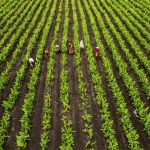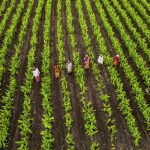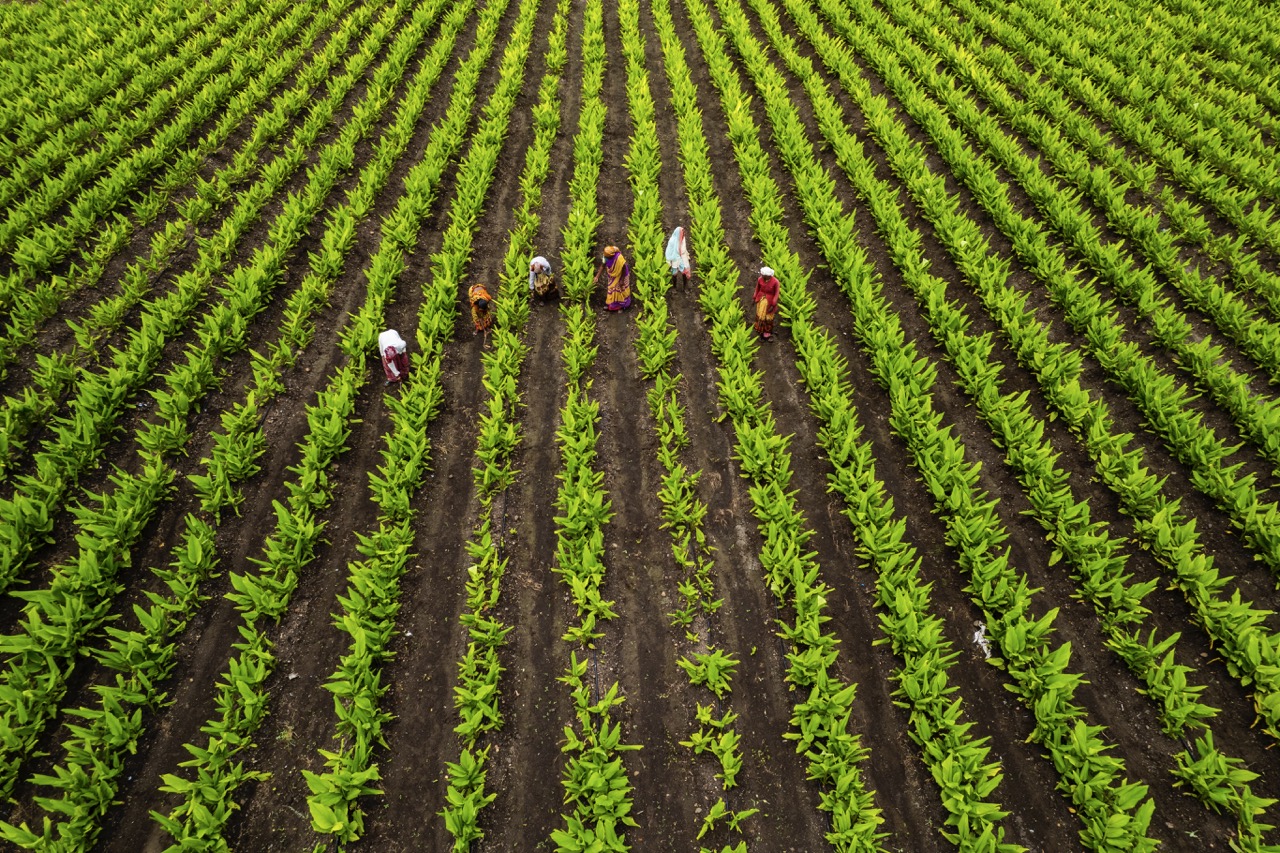In an age where environmental concerns and food security are paramount, permaculture offers a sustainable approach to farming that harmoniously integrates land, resources, and communities. Developed in the 1970s by Bill Mollison and David Holmgren, permaculture is rooted in the understanding of natural ecosystems and seeks to create self-sustaining agricultural systems. This article delves into the principles of permaculture, its benefits for sustainable farming, practical steps for implementation, and inspiring case studies that demonstrate its effectiveness in transforming farms.
Understanding Permaculture: Principles and Foundations Explained
Permaculture is built on a set of ethical principles that prioritize care for the earth, care for people, and fair share, or redistribution of surplus. These principles serve as the philosophical backbone of permaculture, guiding practices that aim to create resilient ecosystems. By observing and mimicking natural systems, permaculture practitioners can design agricultural landscapes that maintain ecological balance, reduce resource depletion, and enhance biodiversity.
Central to permaculture design are twelve key principles, which include concepts such as "observe and interact," "catch and store energy," and "design from patterns to details." These principles encourage farmers to engage deeply with their environments, observing the interrelationships of various elements in their landscapes. By understanding these relationships, farmers can create systems that are not only productive but also resilient to environmental changes and challenges.
Furthermore, permaculture emphasizes the importance of integrating various agricultural practices, combining annual and perennial crops, livestock, and agroforestry. This integration supports a diverse ecosystem that can better withstand pests, diseases, and climate variability. By considering the farm as a holistic entity rather than isolated components, permaculture promotes a comprehensive approach to agricultural productivity.
The Benefits of Permaculture for Sustainable Farming Practices
Permaculture offers numerous benefits that are increasingly recognized within the sustainable farming community. One of the most significant advantages is enhanced soil health. Permaculture practices, such as cover cropping, composting, and mulching, work to improve soil structure and fertility. Healthy soil not only supports diverse plant life but also plays a crucial role in carbon sequestration, making it a vital component in combating climate change.
Another key benefit of permaculture is its ability to promote biodiversity. By designing systems that integrate various plant species, animals, and microorganisms, permaculture farms can create a more resilient ecosystem. This biodiversity helps to reduce the reliance on chemical fertilizers and pesticides, as natural predators can manage pest populations effectively. Additionally, diverse cropping systems can improve yields by maximizing the utilization of available resources, such as sunlight and water.
Lastly, permaculture fosters community engagement and education. By involving local communities in the design and maintenance of agricultural systems, permaculture promotes knowledge sharing and skill development. This inclusive approach can enhance food sovereignty, as communities take control of their food production and distribution. As a result, permaculture not only transforms individual farms but also contributes to the resilience and sustainability of entire communities.
Transforming Your Farm: Practical Steps to Implement Permaculture
Implementing permaculture on your farm begins with a thorough assessment of your land and resources. Start by observing the natural features of your landscape, such as sun exposure, water flow, and existing vegetation. This observation phase is crucial for understanding the dynamics of your environment and identifying opportunities for improvement. Consider drawing a map of your property to visualize and plan the integration of permaculture principles.
Once you have a clear understanding of your land, the next step is to create a design that incorporates permaculture principles. This design should prioritize the layout of elements such as gardens, orchards, and animal systems to maximize beneficial interactions. For example, consider placing animals near crops that can benefit from their natural behaviors (such as pest control) while ensuring that their waste can contribute to soil fertility. Implementing techniques like companion planting and agroforestry can further enhance the productivity of your farm.
Finally, start small and scale up your efforts. Begin by making manageable changes, such as establishing a kitchen garden or introducing composting practices. Monitor the outcomes of these changes and adjust your strategies based on what works best for your unique environment. Over time, as you gain experience and confidence in permaculture practices, you can expand your efforts to transform your entire farm into a sustainable ecosystem that thrives harmoniously with nature.
Real-World Success: Case Studies of Permaculture in Action
One striking example of successful permaculture implementation is found in the case of the Zaytuna Farm in Australia, founded by renowned permaculture designer Geoff Lawton. The farm serves as a demonstration site for permaculture principles, showcasing diverse food production systems. By employing techniques like swales for water management and companion planting for pest control, Zaytuna Farm has demonstrated improved soil health, increased biodiversity, and a significant reduction in resource needs, serving as a model for farmers worldwide.
In the United States, the Singing Frogs Farm in California exemplifies how permaculture can lead to profitable and sustainable farming. Employing a no-till farming method and diverse cropping strategies, Singing Frogs Farm has achieved remarkable yields while maintaining soil health and minimizing inputs. Their approach also prioritizes ecological balance, which has attracted a loyal customer base and enabled them to thrive in the competitive organic produce market.
Another inspiring case is the transformation of degraded land through permaculture practices in Ethiopia. The Permaculture Research Institute of Kenya has worked with local farmers to implement agroforestry techniques that restore soil fertility and increase food production. By integrating trees with crops and livestock, farmers have witnessed increased yields and improved resilience against climate extremes. This project highlights the potential for permaculture to not only transform individual farms but also uplift entire communities facing food insecurity.
Permaculture offers a sustainable and holistic approach to farming that has the potential to transform agricultural landscapes around the world. By understanding its principles and practices, farmers can enhance soil health, promote biodiversity, and engage their communities in food production. The real-world examples of successful permaculture implementation serve as inspiration for those seeking to create resilient farming systems that can withstand the challenges of a changing climate. As the agricultural sector continues to evolve, embracing permaculture may be key to ensuring a sustainable and secure future for food production.










